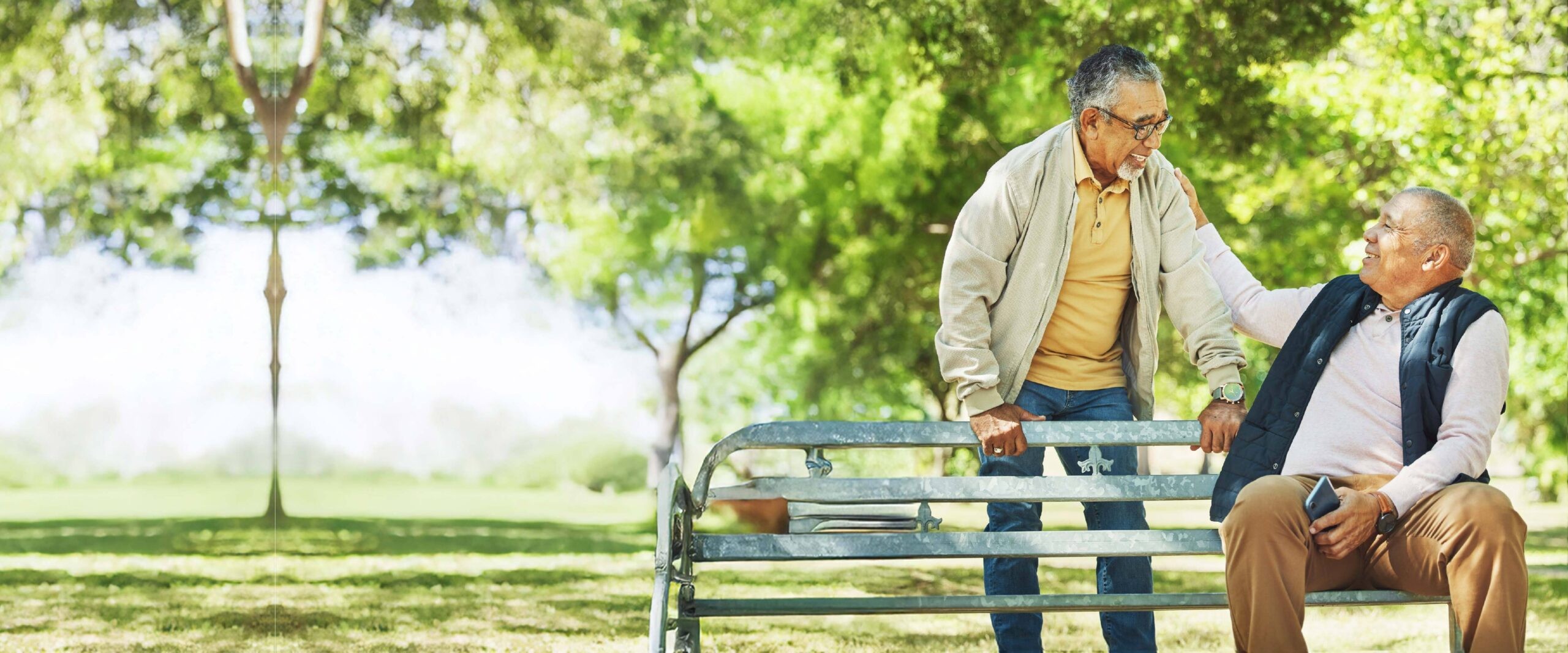
Exercises for Seniors at Home to Stay Active and Mobile
Want to stay strong, independent, and confident as you age?
You can and it’s easier than you think.
This guide will help you understand everything you need to stay active and safe in your later years, from exercises for seniors at home to smart mobility tips. With a dedicated team focused on senior care, learn more about us and how we help individuals live healthier, independent lives. Whether you’re just getting started or looking to maintain your strength, every step counts. And if you need support, a geriatric care expert can help you create a plan that’s right for you.
Table of Contents
- Why Mobility Matters in Old Age
- The Benefits of Physical Activity for Seniors
- The Best Exercises for Older Adults
- Tips for Staying Active as You Age
- What to Do If You’re Nervous to Begin
- Final Thoughts
Why Mobility Matters in Old Age
Mobility isn’t just about walking. It’s about freedom to meet friends, enjoy your hobbies, and take care of yourself while learning how to stay active in old age.
As we age, challenges like joint stiffness, balance problems, or muscle loss can slow us down. But slowing down doesn’t mean stopping. With the right approach, an exercise workout for seniors helps you adapt and stay mobile.
For expert support and guidance, Geriatric Care Doctors can help you manage these changes and maintain your independence with tailored care plans and mobility-focused therapies.
Common Causes of Reduced Mobility:
- Stiff joints (often due to arthritis)
- Muscle loss (sarcopenia)
- Neurological conditions like Parkinson’s or after a stroke
- Sedentary lifestyle or long periods of inactivity
- Balance and coordination problems
Even small daily movements make a big difference for both your body and your mind.
The Benefits of Physical Activity for Seniors
Immediate Benefits:
- Better sleep
- Reduced anxiety
- Lower blood pressure
Long-Term Advantages:
- Brain health: Lowers the risk of depression and dementia
- Heart health: Helps prevent heart disease, diabetes, and stroke
- Cancer prevention: Reduces the risk of some cancers
- Weight control: Helps prevent unwanted weight gain or loss
- Independence: Maintains strength for daily tasks
- Balance and bone health: Helps prevent falls and injuries
To learn more about how our specialized care supports healthy aging, visit our Geriatric Care page.
Best Exercises for Seniors at Home
A balanced fitness routine includes cardio, strength, balance, and flexibility, making mobility exercises for elderly and exercises for seniors at home effective without a gym just a little space, time, and consistency.
Cardio (Heart Health)
Examples: Walking, swimming, dancing, or cycling
Goal: Around 30 minutes a day, five times a week or as much as feels right for you.
Strength Training
Examples: Resistance bands, light weights, chair exercises
Goal: Aim for twice a week to help preserve muscle strength.
Balance Exercises
Examples: Tai Chi, heel-to-toe walk, standing on one foot with support
Goal: 3 times a week to reduce fall risk
Flexibility and Stretching
Examples: Seated stretches, yoga, shoulder rolls, neck stretches
Goal: 3 or more times a week for ease of movement
Tips on How to Stay Active in Old Age
- Prioritize safety: Consult your doctor before beginning any new exercise routine
- Begin with small steps: Just 5 to 10 minutes daily can have a positive impact.
- Use assistive tools: Walkers, canes, or handrails are helpful, not a setback.
- Dress comfortably: Wear loose clothes and supportive shoes.
- Stay hydrated: Especially when indoors or in hot weather.
- Have fun: Choose activities you enjoy to keep things sustainable.
What to Do If You’re Nervous to Begin
Feeling anxious is completely normal, especially if you’ve had a fall, health scare, or haven’t tried exercises for seniors at home in a while. You’re not alone.
Try one of these gentle ways to get started:
- Join a physical therapy session for guided movement
- Attend a senior-friendly class in your community
- Try a home workout plan specifically created for seniors.
Remember, every small step leads to better strength and confidence.
Final Thoughts
Staying active in your later years isn’t about being perfect. It’s about staying strong in your own way.
Whether it’s stretching in the morning, dancing with your grandkids, or going for a short walk with a friend, exercises for seniors at home show how movement adds life to your years. It’s never too late to start.
If you need guidance, a geriatric care team can help you design a plan tailored to your needs, lifestyle, and goals.
Need help getting started?
Our geriatric care experts in Adyar can help you create a safe, effective, and personalized plan to stay fit and independent.
Call us today at 099625 99933
We’re here to support your journey toward strength, confidence, and lifelong movement.
Frequently Asked Questions (FAQs)
The best exercises for seniors at home include walking, chair exercises, light strength training, balance exercises, and gentle stretching. These activities help improve mobility, strength, and confidence without needing a gym.
Seniors can stay active in old age by starting slowly, choosing low-impact activities, maintaining consistency, and consulting a doctor before beginning any new exercise routine to ensure safety.
Yes, mobility exercises for elderly people help reduce joint stiffness, improve balance, and maintain independence. Regular mobility exercises also lower the risk of falls and support daily movement.
An exercise workout for seniors can be done most days of the week, with light cardio daily and strength or balance exercises two to three times a week, based on comfort and health conditions.
Yes, it is safe to start exercising even after years of inactivity when you begin with gentle exercises for seniors at home and seek guidance from a healthcare or geriatric care professional.
Contact Us
Appointments
Emergency
MGM - Malar Adyar
Old No. 52 New No. 111, 1 st Main Road, Gandhi Nagar, Adyar, Chennai – 600020
At MGM Malar - Adyar Hospital, our philosophy centers on alleviating the apprehension associated with illness. Recognizing that confronting health challenges entails both physical and emotional struggles, our devoted team is steadfast in delivering outstanding healthcare to enhance your overall wellness and alleviate the stress that accompanies medical conditions. Situated in the heart of the city with a 141-bed facility, we are dedicated to supporting you throughout your healthcare journey.










